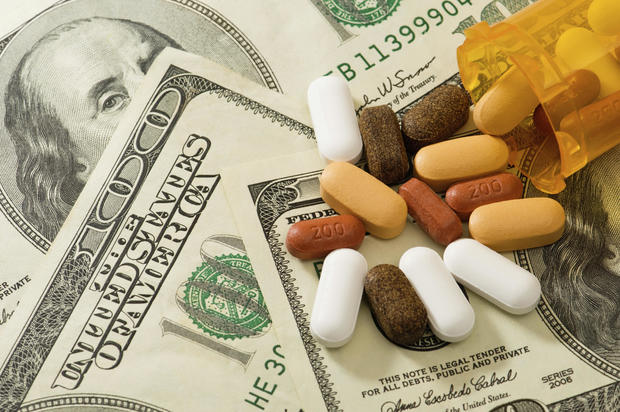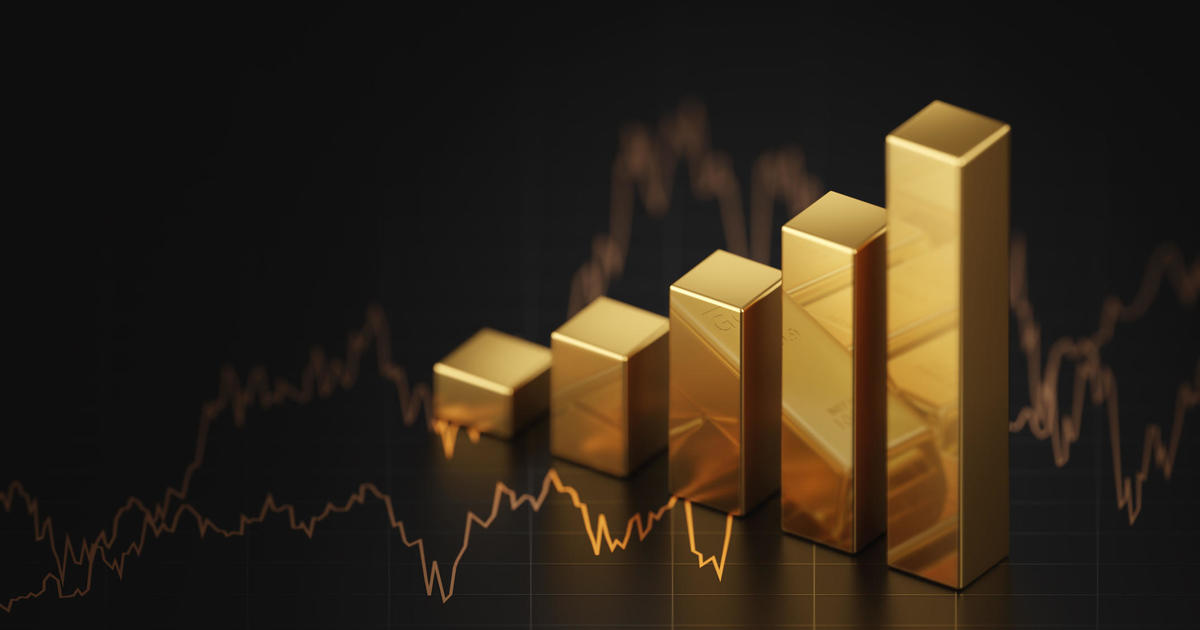Prognosis for Rx in 2017: more painful drug-price hikes
If there’s a remedy for rising drug costs, it’s not likely to be available to many Americans in 2017.
Prescription drug costs for Americans under 65 years old are projected to jump 11.6 percent in 2017, or at a quicker pace than the 11.3 percent price increase in 2016, according to consulting firm Segal Consulting. Older Americans won’t get much of a break: Their drug costs are projected to rise 9.9 percent next year, compared with 10.9 percent in 2016. By comparison, wages are expected to rise just 2.5 percent in 2017.
Drug prices continue to rise faster than either wages or the cost of living, putting a crimp in many household budgets. It’s not surprising that four out of five Americans say that drug prices are unreasonable, according to a September poll from the non-partisan Henry J. Kaiser Family Foundation. The unabated price hikes may be even more discouraging to Americans because congressional investigations into drug pricing has done little to alter the pricing trend.
Americans may have one ally on their side: President-elect Donald Trump, who said he plans to take on the pharmaceutical industry.
“I’m going to bring down drug prices,” Trump told Time Magazine earlier this month. “I don’t like what’s happened with drug prices.”
While the transcript of his Time interview didn’t include comments on how he’d accomplish that goal, he talked during his campaign about allowing Medicare to negotiate directly for prices on prescription drugs, something the federal health care plan for seniors can’t currently engage in. He also said he wants to allow Americans to buy drugs from other countries, where they often cost less.
The projections from Segal Consulting are for health plan costs, and so consumers’ out-of-pocket costs may differ from what their plans pay. Still, those higher prices often trickle down to consumers, with Consumer Reports finding that one out of three Americans were hit with higher drug prices in the previous 12 months.
In the meantime, some lawmakers are taking aim at drug costs. U.S. Senators Susan Collins, R.-Maine, and Claire McCaskill, D.-Mo., are urging policy changes such as allowing temporary importation of prescription drugs when drug makers push through major price increases for off-patent drugs, as well as enacting a law that would incentivize competition in generic medications, with the goal of bringing down prices.
Their bipartisan investigation into sudden price hikes in off-patent prescription drugs found that some pharmaceutical companies are acting more like hedge funds seeking outsized returns on investment. Some are creating monopolistic business models that allow wide-ranging pricing power, facilitating “astronomical price increases,” their December report concluded.
In a move that will likely renew debate over drug pricing, Biogen (BIIB) said its new Spinraza medication will carry the wholesale cost of $750,000 per patient for the first year of treatment. The medication is the first treatment for a rare and debilitating disorder called spinal muscular atrophy. That price makes it one of the most expensive medications in the world, with Leerink analyst Geoffrey Porges predicting the price could be “the straw that breaks the camel’s back in terms of the U.S. market’s tolerance for rare disease drug pricing.”
“The Spinraza pricing decision is likely to invite a storm of criticism, up to and including Presidential tweets,” Porges wrote in a research note. “The sticker-shock presented in the media could turn Spinraza into the Sovaldi of rare disease drugs.”
The hepatitis C medication Sovaldi stirred up a hornet’s nest of criticism when its manufacturer, Gilead, set the price at $1,000 per pill, or $84,000 per year. The cost burdened states’ Medicaid spending and prompted lawsuits and threats of legal action.
Rising prescription drug costs in 2017 are likely to force more Americans to make tough choices. About one in 10 American adults don’t take their medications as prescribed because of the costs.
“In some cases, patients are forced to go without vital medicine, and experience dangerous and sometimes life-threatening symptoms as a result,” noted the Senate report on drug pricing. “[Even patients] who still had insurance coverage for the medication reported watching anxiously as prices climbed, knowing they could lose access without warning if the drug were dropped from their insurance plan’s formulary at any time throughout the year, or if their application for patient assistance were denied at any point.”




